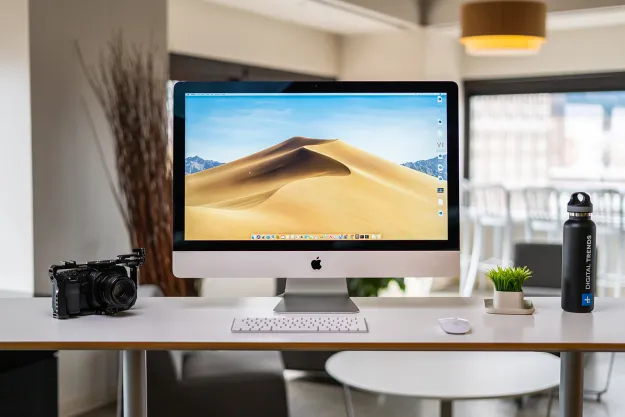A background feature in MacOS called Quick Look is leaking sensitive data even if the content is locked behind password-protected encryption, security experts claim. Introduced in MacOS 10.5 Leopard, Apple designed Quick Look to give you a glimpse into a file without manually opening it with an app. But for the sake of convenience, Quick Look serves up a dish of potential privacy concerns.
Used by the Finder app in MacOS, Quick Look stores a thumbnail containing the file’s full name, path, and a miniature image of what is stored inside the file, even if it’s password-protected and encrypted. This cached data also isn’t secured: It’s stored openly without passwords or encryption in the user’s TMPDIR directory and accessible to any person or application. The data even remains on the Mac after you reboot the device, delete the original files, and/or disconnect an external storage device.

That said, if someone gains physical access to your Mac device, they can view the contents of any stored file. That makes Quick Look a highly useful tool for forensic investigations, surveillance implants, and for nosy significant others who simply want a quick way to snoop through your files.
“Imagine having a historic record of the USB devices, files on the devices, and even thumbnails of the files … all stored persistently in an unencrypted database, long after the USB devices have been removed (and perhaps destroyed),” says chief research officer Patrick Wardle of Digital Security. “For users, the question is: Do you really want your Mac recording the file paths and ‘previews’ thumbnails of the files on any/all USB sticks that you’ve ever inserted into your Mac? Me thinks not.”
The blog builds on a report issued by Wojciech Regula from SecuRing in early June who pointed out that the cached thumbnails remain on a Mac even if the originating files were deleted, previewed on an encrypted drive, or previewed using a TrueCrypt/VeraCrypt container.
“If you open a folder with files residing on an external drive, thumbnails will be created on the boot drive depending on the file type and the installed Quick Look plugins,” Wardle adds. “The previews, metadata and file paths are stored in SQLite database files deep inside the var folder. The path to this folder contains arbitrary folder names. With the proper commands the preview pics can be extracted from the database.”
Currently, Mac owners can manually clear the Quick Look cache using the “qlmanage” command. In the latest version of MacOS High Sierra, simply navigate to Launcher > Other > Terminal and type “qlmanage -r cache” at the prompt without the quotes. After that, reboot the Mac and the thumbnails should be gone.
Editors' Recommendations
- These 6 tweaks take MacBooks from great to nearly perfect
- I never knew I needed this mini Mac app, but now I can’t live without it
- This hidden menu has forever changed how I use my Mac
- This critical exploit could let hackers bypass your Mac’s defenses
- This Mac malware can steal your credit card data in seconds


